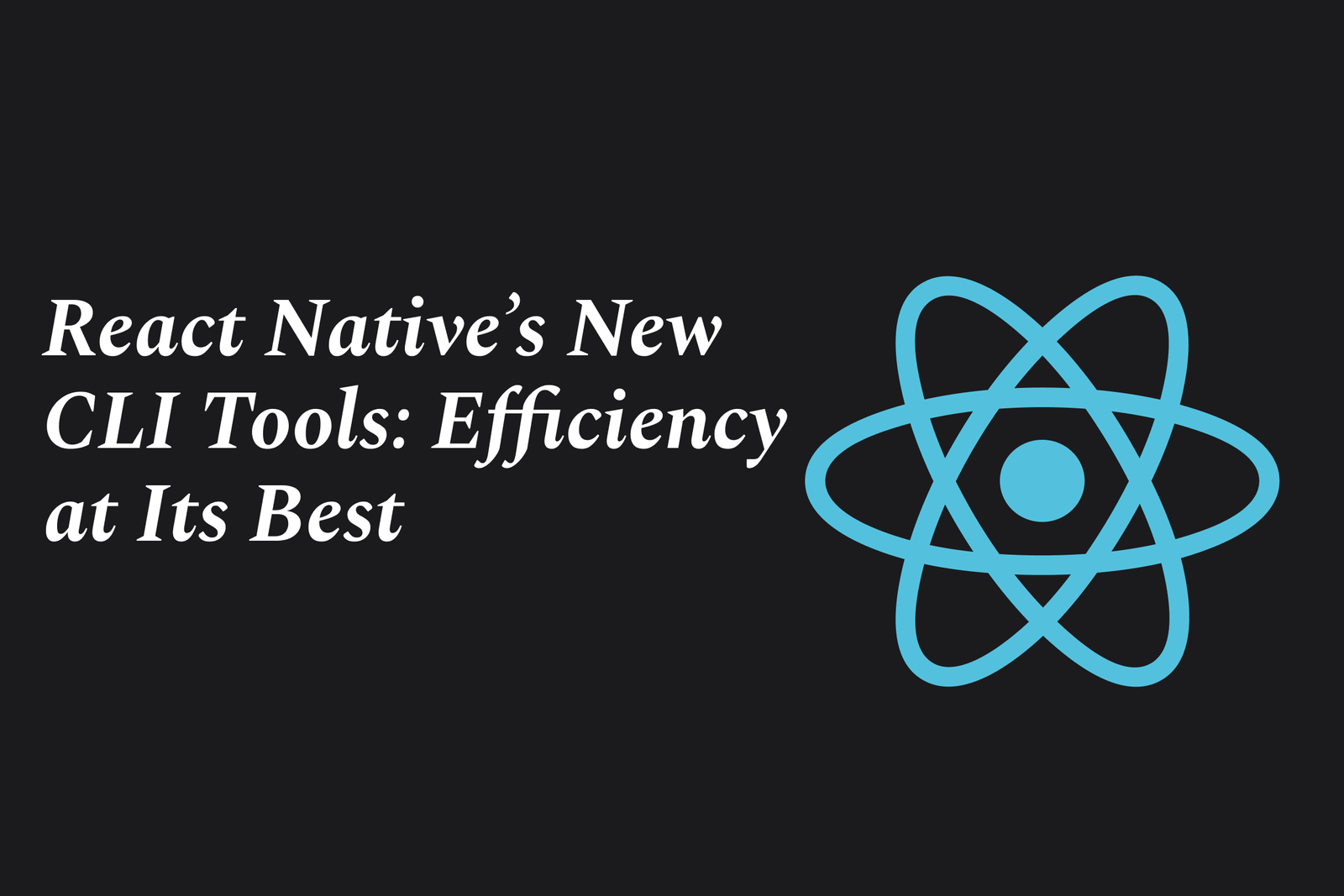Why react native is still the fastest way to build apps
React Native speeds up app development by enabling a single JavaScript codebase to run on iOS and Android, cutting time and effort. Its strong ecosystem, hot reloading, and ability to integrate native modules make it the fastest way to build high-quality, cross-platform apps.
Why React Native Is Still The Fastest Way to Build Apps
1 ) Introduction: The Accelerated Development Advantage of React Native
React Native is celebrated as a framework that allows developers to build multi platform mobile applications quickly using JavaScript and React. Its architecture enables significant code reuse between platforms, such as desktop apps built with ElectronJS and mobile apps, dramatically speeding up development time and easing maintenance.
2 ) Performance Challenges and Solutions
Despite its development speed, React Native historically faced performance challenges, especially with processing large images and binary data. For example, downloading and decrypting a 7MB image could take up to 40 seconds, which was drastically improved by replacing JavaScript based polyfills with custom native modules. The article highlights that relying on JavaScript polyfills for performance critical tasks like encryption and binary data handling is inefficient and leads to slow app behavior.
3 ) The Drawbacks of JavaScript Based Polyfills
React Native lacks out of the box native modules for binary data processing (such as cryptographic operations), so developers often resort to JavaScript polyfills and libraries. These are not only slow but also complicate project maintenance due to multiple dependencies. The encryption/decryption tasks crucial for end to end security perform poorly when done purely in JavaScript, sometimes causing critical bugs like images failing to load.
4 ) Native Modules and JSI for Performance Boost
To overcome these limitations, the author emphasizes writing native modules in platform languages (Objective C, Swift, Java, Kotlin, C++) alongside JSI (JavaScript Interface) native modules in C++. This approach bypasses the inefficiencies of JavaScript polyfills by handling heavy operations on the native side, leading to a significant speed increase—up to 50 times faster in some cases.
5 ) Handling Binary Strings and the NULL Character Challenge
React Native struggles with strings containing NULL characters due to the JavaScriptCore engine's handling of UTF 8 strings. To work around this, binary data must be escaped or encoded (e.g., into base64 ), which impacts performance slightly but is necessary for effective binary data handling in native modules.
6 ) Why React Native Remains an Excellent Choice
Despite these challenges, React Native offers unparalleled speed in development due to:
Cross platform code reuse reducing total development effort
Strong community support and continuous evolution by Meta and contributors worldwide
Availability of frameworks like Expo that simplify routing, native module integration, and developer tooling
Ability to write custom native code when performance is critical, combining the best of JS and native worlds
7 ) Community and Ecosystem Support
React Native is backed by a robust community and major companies including Microsoft and Meta, offering thousands of ready to use modules and continual platform improvements. It supports extension beyond mobile platforms to Windows, macOS, and web, further maximizing code reuse and developer productivity.
Summary
React Native is still the fastest way to build apps because it promotes rapid development with a shared codebase across multiple platforms, well supported frameworks, and a rich ecosystem. While it has some performance constraints due to JavaScript limitations, these are effectively addressed by integrating native modules. This balanced approach enables developers to build performant, native feeling apps quickly and reliably.
https://justacademy.in/news-detail/future-of-flutter-careers-post-2025
https://justacademy.in/news-detail/react-native-vs-flutter-2025:-the-battle-heats-up-again
https://justacademy.in/news-detail/how-react-native-is-making-foldable-phone-apps-easy
https://justacademy.in/news-detail/flutter-material-3-custom-components
https://justacademy.in/news-detail/why-react-native-is-the-go-to-for-gaming-apps-in-2025
Related Posts
Java supports GDPR and data privacy by enabling secure data handling through encryption, controlled access, and precise data management. It allows developers to minimize PII exposure, ensure data confidentiality, and design workflows that comply with data protection regulations effectively.
Java code quality tools have evolved to include advanced static analysis, integrated security checks, and AI-powered code reviews. These updates help developers detect bugs, enforce coding standards, and enhance security, streamlining the development process and improving overall code reliability.
Java remains a cornerstone in big tech companies, evolving with modern features like records, pattern matching, and virtual threads. Its robust ecosystem, enhanced performance, and growing AI integrations keep it vital for both legacy systems and innovative new projects.
Java and CI/CD pipeline optimizations streamline Java application development by automating builds, tests, and deployments. They improve efficiency through parallelization, caching, and secure secrets management, enabling faster feedback loops and more reliable, scalable software delivery.
Java supports modern cryptography standards through its flexible Java Cryptography Architecture (JCA), enabling integration of advanced algorithms like AES, EdDSA, and post-quantum tools. Libraries like Bouncy Castle offer FIPS-certified, hardware-accelerated implementations for secure development.
Java 23 enhances record patterns by enabling concise, direct destructuring of record components within pattern matching, simplifying type checks and data extraction. This improvement boosts code readability and expressiveness by reducing boilerplate in handling immutable data classes.
Java remains a top choice for mobile app backends, powering scalable, secure, and high-performance server-side solutions. Latest trends include cloud-native microservices, reactive programming, and enhanced JVM optimizations, enabling efficient, flexible, and robust mobile backend development.
Java SE 24 and LTS Java SE 21 offer enhanced features and performance, while Apache Spark 4.0.0 introduces Scala 2.13 support and advanced ML and SQL capabilities. Together, they empower developers to build scalable, high-performance data applications with modern tools.
JUnit 5 modernizes Java testing with a modular architecture, improved assertions, and seamless Java 8+ support. Beyond JUnit, tools like Mockito and AssertJ enhance mocking and assertions, creating a powerful, flexible ecosystem for writing clean, efficient Java unit tests.
Java plays a pivotal role in cloud automation tools by providing a robust, platform-independent language used to build scalable automation frameworks like Jenkins and Selenium, enabling efficient CI/CD pipelines, testing, and orchestration across diverse cloud environments.










